Introduction
Hydrangeas, with their large, vibrant flower heads that bloom in shades ranging from deep blues and purples to soft pinks and whites, have captivated gardeners and home decorators alike. Often associated with outdoor landscapes and garden beds, these beautiful shrubs might seem like an unlikely candidate for indoor gardening. However, with the right care and attention, hydrangeas can indeed thrive indoors, adding a touch of elegance and color to your home decor. This comprehensive guide explores the feasibility, challenges, and techniques for growing hydrangeas indoors, ensuring you can enjoy these stunning blooms all year round.
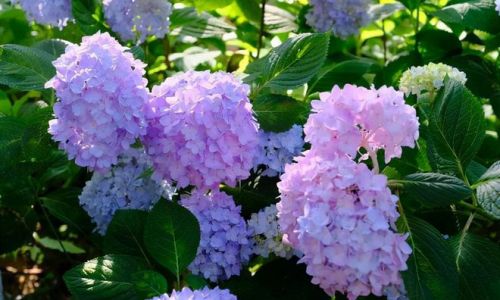
Understanding Hydrangeas
Before diving into the specifics of indoor cultivation, it’s crucial to understand the basic biology and growth habits of hydrangeas. Hydrangeas belong to the genus Hydrangea, which encompasses several species and cultivars, each with unique characteristics. Common species include Hydrangea macrophylla (bigleaf hydrangea), Hydrangea quercifolia (oakleaf hydrangea), Hydrangea paniculata (panicle hydrangea), and Hydrangea arborescens (smooth hydrangea).
Hydrangeas are generally known for their large flower clusters, which can vary in size, shape, and color depending on the species and cultural conditions. Their leaves are also noteworthy, ranging from large and lobed (as in Hydrangea macrophylla) to delicate and oak-like (Hydrangea quercifolia). These shrubs prefer well-drained soil, moderate to full sun exposure, and consistent moisture, making them somewhat demanding in terms of care.
The Challenge of Indoor Cultivation
Moving hydrangeas indoors presents several challenges, primarily due to the differences in light, humidity, temperature, and space available compared to outdoor environments. Here’s a closer look at each of these factors:
-
Light Requirements: Hydrangeas need bright, indirect sunlight to thrive. Direct sunlight can scorch their leaves, while low light will result in weak growth and sparse blooming. Indoors, this often means placing your hydrangea near a south- or west-facing window, where it can receive ample light without being exposed to the sun’s intense rays.
-
Humidity: Hydrangeas prefer high humidity levels, which are harder to maintain indoors, especially in dry climates or during winter when heating systems can further reduce indoor humidity. Low humidity can lead to leaf drop and wilting.
-
Temperature: Hydrangeas grow best in temperatures between 60°F and 75°F (16°C to 24°C). Maintaining this range indoors can be tricky, especially during extreme weather conditions. Too hot or too cold can stress the plant, affecting its growth and blooming.
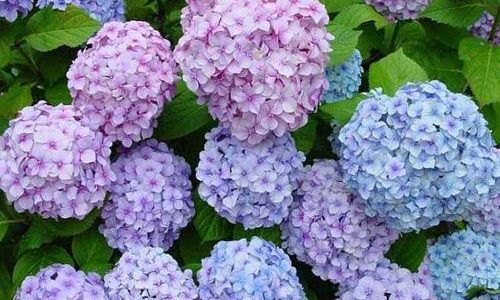
-
Space Constraints: Hydrangeas can grow quite large, especially when planted in the ground. Indoors, space is limited, which may restrict the plant’s growth and require regular pruning to keep it within bounds.
Creating the Ideal Indoor Environment
Despite these challenges, it is possible to create an indoor environment conducive to hydrangea growth. Here are some strategies to help you succeed:
-
Lighting Solutions: If natural light is insufficient, consider supplementing with artificial grow lights. LED grow lights are energy-efficient and can provide the specific wavelengths of light that hydrangeas need. Place the lights close to the plant but not touching the leaves to avoid burning. Aim for at least 12-14 hours of light per day to encourage blooming.
-
Humidity Control: To increase humidity, you can use a humidifier specifically designed for plants or place your hydrangea on a tray filled with pebbles and water (making sure the plant’s roots are not sitting in the water to prevent root rot). Misting the leaves regularly can also help, but be mindful not to overdo it as this can promote fungal growth.
-
Temperature Management: During colder months, use a space heater to maintain optimal temperatures. In warmer weather, consider moving the plant to a cooler room or using fans to circulate air and keep temperatures down. Monitoring with a thermometer will help ensure you maintain the ideal range.
-
Potting and Soil: Choose a pot that is at least one size larger than the plant’s current container to allow for root growth. Use a well-draining potting mix formulated for shrubs or make your own by mixing equal parts peat moss, perlite, and compost. Good drainage is crucial to prevent root rot.
Watering and Fertilization
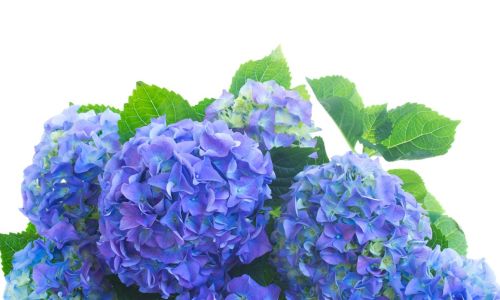
Watering and fertilization are key aspects of hydrangea care, especially indoors where conditions can be more controlled but also more prone to fluctuations.
-
Watering: Hydrangeas need consistent moisture but should not be allowed to sit in water. Water thoroughly until water drains out of the bottom of the pot, then let the soil dry out slightly before watering again. This can vary depending on the pot size, plant size, and environmental conditions. Checking the soil moisture with your finger or a moisture meter is helpful.
-
Fertilization: Feed your hydrangea with a balanced, water-soluble fertilizer every two weeks during the growing season (spring and summer). Reduce feeding during the fall and winter when growth slows. Look for fertilizers specifically designed for flowering plants, which will provide the necessary nutrients to support bloom development.
Pruning and Maintenance
Pruning is essential for keeping your indoor hydrangea healthy and within manageable size. Here are some pruning tips:
-
Shape and Size Maintenance: Prune in late winter or early spring before new growth begins. Remove dead, damaged, or crossing branches to promote air circulation and prevent disease. Shape the plant by trimming back overgrown branches to maintain a balanced form.
-
Deadheading: Remove faded flowers promptly to encourage continued blooming. Cut the flower stem just above a pair of leaves or a healthy bud.
Common Problems and Solutions
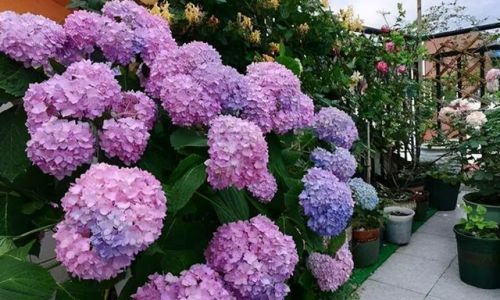
Indoor hydrangeas may encounter several issues, but with prompt diagnosis and treatment, most can be resolved.
-
Leaf Drop: Often caused by low humidity or inconsistent watering. Increase humidity and adjust your watering schedule accordingly.
-
Yellowing Leaves: Can indicate overwatering, underwatering, or nutrient deficiencies. Check soil moisture and consider a fertilizer with micronutrients.
-
Pest Infestations: Common pests include aphids, spider mites, and scale. Inspect plants regularly and treat infestations with appropriate pesticides or insecticidal soap.
Conclusion
While hydrangeas may not be the first plant you think of for indoor gardening, with the right care and adjustments, they can become a beautiful and rewarding addition to your home. By understanding their growth habits, creating an optimal indoor environment, and maintaining vigilant care, you can enjoy the lush, colorful blooms of hydrangeas all year round. Remember, patience and attention to detail are key to success. With time and effort, you’ll be rewarded with a stunning display of indoor hydrangeas that will enhance the beauty and tranquility of your living space.
This guide covers the essentials of growing hydrangeas indoors, from understanding their basic needs to addressing common challenges and providing practical solutions. By following these tips, you can successfully cultivate hydrangeas in your home, bringing a touch of the garden indoors.
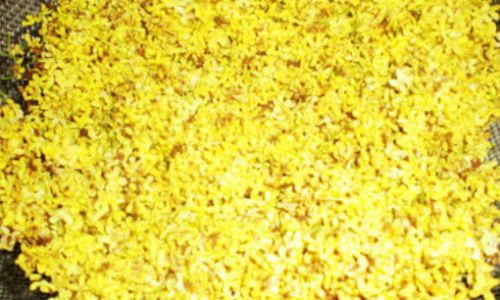
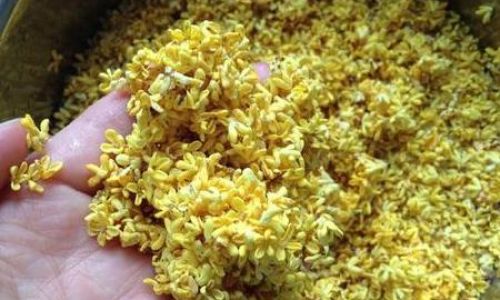
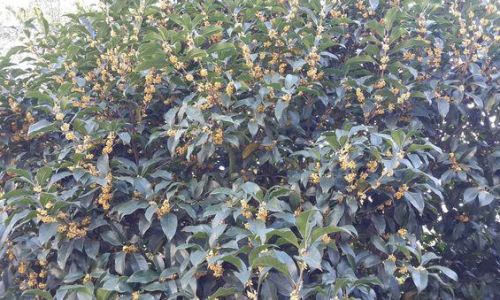


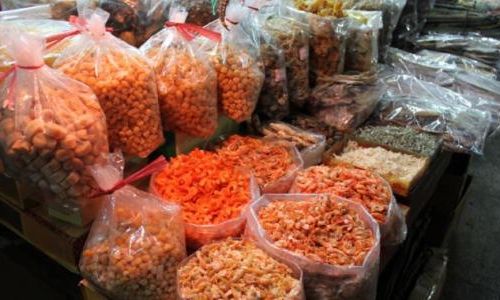
0 comments